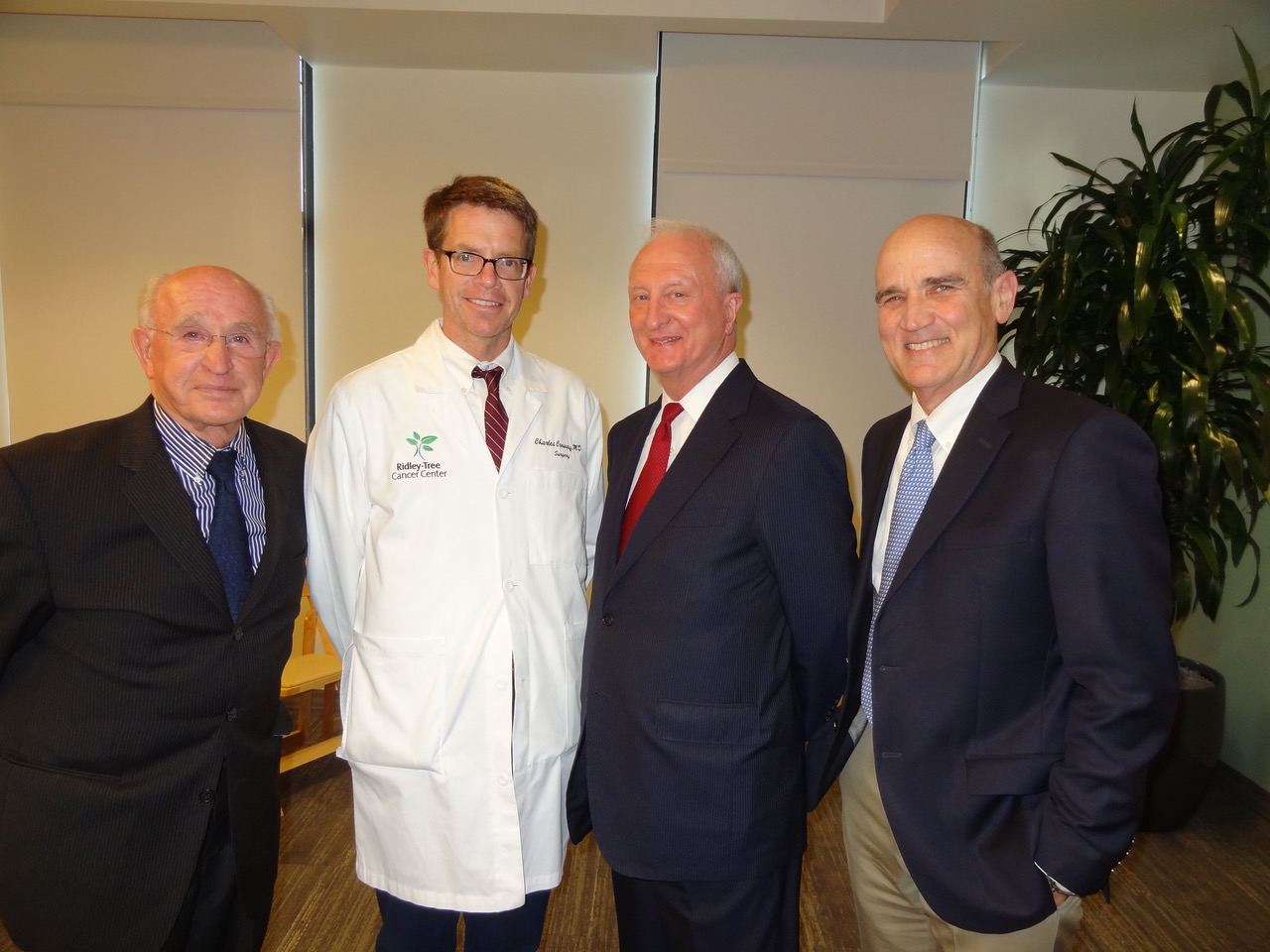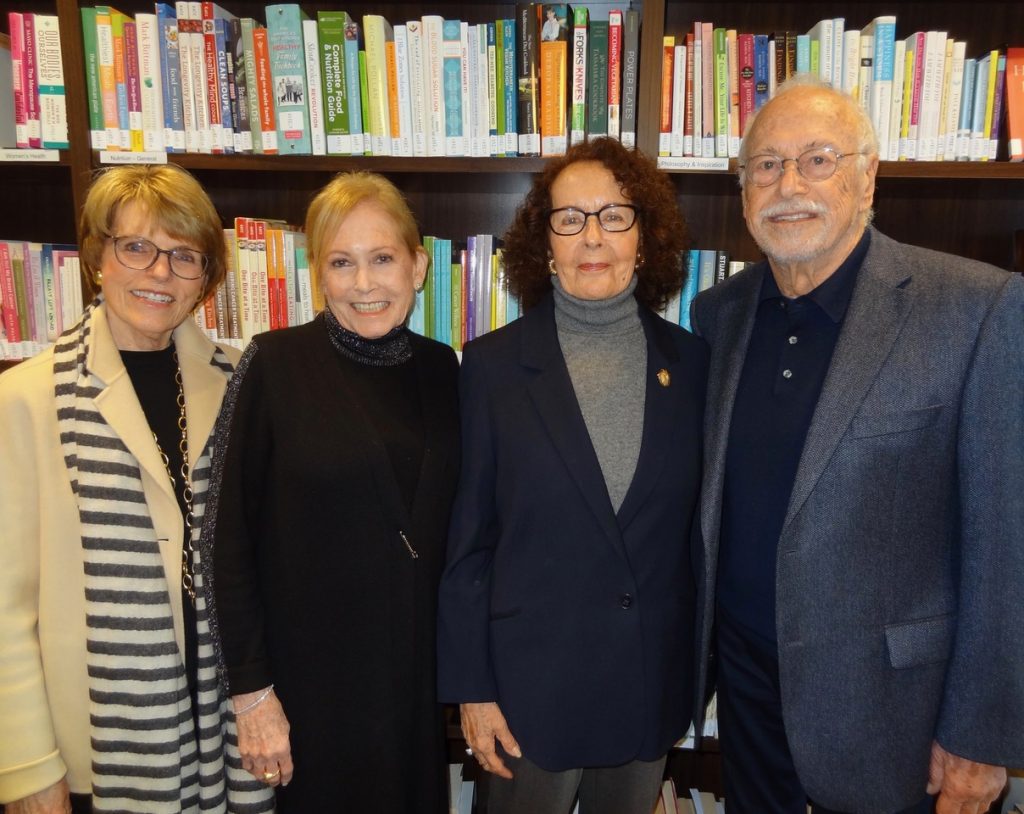Sansum Visiting Professor

It was time once again for a visiting professor of surgery to visit Sansum Clinic for a week of teaching practicing Santa Barbara surgeons and physicians. Dr. W. Charles Conway, FACS is the new Visiting Professor of Surgery Program Administrator. Dr. Ron Latimer established the program in 2010 with the Department of Surgery and Sansum Clinic. Dr. Conway invited David W. Feliciano, MD from the University of Maryland as Clinical Professor of Surgery and Attending Surgeon at The Shock Trauma Center/University of Maryland Medical Center in Baltimore. He is also a Clinical Professor of Surgery at Mercer University School of Medicine, Macon, Georgia, and Adjunct Professor of Surgery, Uniformed Services University of the Health Sciences Bethesda, Maryland.
CEO and Chief Medical Officer of Sansum Clinic Dr. Kurt Ransohoff welcomed the public who always get to come to a reception and lecture at the end of the teaching week. Dr. Ransohoff stated, “I’m not a surgeon but we want you to see what our new Ridley-Tree Cancer Center is like. We’ve occupied it for only one and one half years.” When the building was being constructed, Don and I came to a hardhat party to celebrate the last steel beam to be lifted into place high above our heads. Don lost two wives to cancer so he wrote their names on the beam, as did other folks just before it was lifted up. What a fabulous memorial!
Dr. Ransohoff declared, “We are a small city with a big city level of care.”

This program also allows surgical residents in training at Santa Barbara Cottage Hospital the chance to interact with the icons, leaders, and outstanding teachers of the art of surgery.
Dr. Feliciano explained that a level one trauma facility like Cottage Hospital is the best you can be and is a huge commitment. It means you have to be able to treat all kinds of trauma 24/7. It’s a big deal and very expensive to operate – having all those doctors and help on call round the clock. There are 180,000 fatal injuries a year so trauma systems, centers, and surgeons are an integral part of healthcare in the United States. Doctors have learned that if a patient is too injured, they need to have several operations, but not to try and repair the damage all at once.
Dr. Feliciano remembered back in 1973 when he was a Navy Officer he called Cottage to see if they had an opening in the emergency department. When they asked for his qualifications and he told them, they said. “You’re not qualified,” and hung up. No wonder he so much enjoyed his week in our paradise and he’s qualified!







